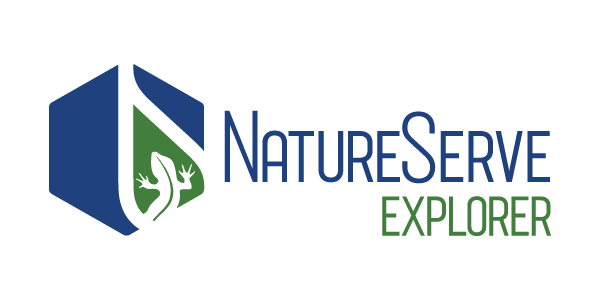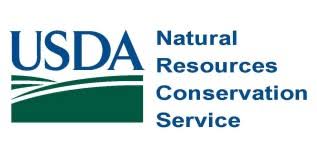Ecological Society of America’s Annual Meetings and Workshops – Visit the ESA Panel on Vegetation Classification website for presentations and workshop materials specific to the USNVC, including an introduction to the USNVC webinar.
VegBank – VegBank is the vegetation plot database of the Ecological Society of America’s Panel on Vegetation Classification. VegBank consists of three linked databases that contain (1) the actual plot records, (2) vegetation types recognized in the U.S. National Vegetation Classification and other vegetation types submitted by users, and (3) all plant taxa recognized by ITIS/USDA as well as all other plant taxa recorded in plot records. Vegetation records, community types and plant taxa may be submitted to VegBank and may be subsequently searched, viewed, annotated, revised, interpreted, downloaded, and cited.
USDA PLANTS Database – The PLANTS Database provides standardized information about the vascular plants, mosses, liverworts, hornworts, and lichens of the U.S. and its territories. It includes names, plant symbols, checklists, distributional data, species abstracts, characteristics, images, crop information, automated tools, onward Web links, and references. This information primarily promotes land conservation in the United States and its territories, but academic, educational, and general use is encouraged. PLANTS reduces government spending by minimizing duplication and making information exchange possible across agencies and disciplines. PLANTS is a collaborative effort of the USDA NRCS National Plant Data Center (NPDC), the USDA NRCS Information Technology Center (ITC), The USDA National Information Technology Center (NITC), and many other partners.

NatureServe Explorer – Explorer is an authoritative source for information on more than 70,000 plants, animals, and ecosystems of the United States and Canada. It is a product of NatureServe and its natural heritage member programs. For species, Explorer includes particularly in-depth coverage for those that are rare and endangered, and the database can be used to easily find: scientific and common names; conservation status; distribution maps; images for thousands of species; life histories; conservation needs; and more. For ecosystems, NatureServe Explorer is also the source for the descriptions for the International Vegetation Classification (IVC) and Ecological Systems. The IVC partners with the USNVC, currently providing detailed content for over 7000 associations and alliances found in the U.S. that will be screened in developing the initial content of the NVC. Explorer provides access to the Ecological Systems Classification, which has been used as the map legend for both the USGS’s National Gap Analysis Program and the LANDFIRE Project.
National Park Service Vegetation Inventory – The National Park Service is developing local vegetation classifications, vegetation maps, and a standard suite of associated products for more than 250 national parklands. Plot data are collected in conformance with Federal Geographic Data Committee standards for the U.S. National Vegetation Classification.
U.S. Department of Agriculture, Natural Resource Conservation Service – Natural Resource Inventory. The National Resources Inventory (NRI) program collects and produces scientifically credible information on the status, condition, and trends of land, soil, water, and related resources on the Nation’s non-federal lands in support of efforts to protect, restore, and enhance the lands and waters of the United States. It was initially mandated by the Rural Development Act of 1972 (P.L. 92-419) to conduct a “land inventory reflecting soil, water, and related resource conditions.”





